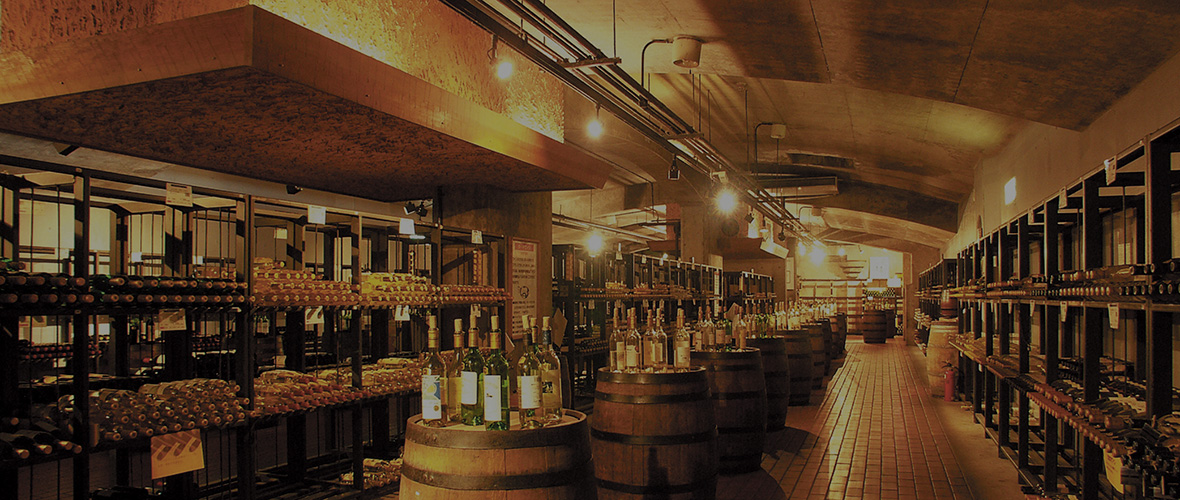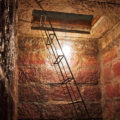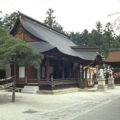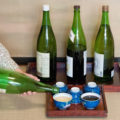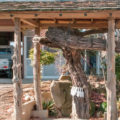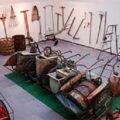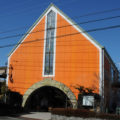Story3. Wine culture
In the Meiji era, in connection to the production of wine as part of the government’s industrial promotion policy, a prefectural industry promotion examination center was opened in 1876 in the ruins of the Kofu Castle in Yamanashi Prefecture, where grape cultivation was flourishing, and the first wine brewery in the country was opened.
Also, at the start of the Meiji era, the first privately-owned wine making company in Japan, which was located in Katsunuma, sent two young men to France to engage in authentic wine production. Through trial and error, the “wine culture” of this area was formed and established by people who put everything into wine making and the popularity of wine.
In the middle of the Meiji era, Katsunuma farmers formed a union in order to try and stabilize the price of grapes, and when they set out to make wine, wine drinking became common during special ceremonies as well as on regular days among union members. Wine became a familiar drink and a part of the lives of farmers.
Osamu Dazai, an author who is closely associated with Yamanashi Prefecture, wrote in “Shinju no Kotoba,” a short story written while staying in Kofu, that “I took out a bottle of white Koshu wine from the closet and guzzled it from a yunomi tea cup, then I fell asleep on a round cushion; drunk,” which well depicts the popularity of wine in the area and the idea that wine was drunk and enjoyed regularly even in casual settings.
In this way, the custom of farmers being the first to enjoy making wine soon became more organized and led to full-scale wine production, resulting in the development of more than 60 wineries in the Kyotoh area.
Just as there are various types of winery, from European-style castle buildings to homes adapted as sericulture farms, the Koshu wine made from Koshu grapes in the same area has different tastes and aromas in each winery.
The wine culture in this area is almost divine and at Ichimiya Asama-Jinjya Shrine in Fuefuki city, the enshrined god “Konohana no Sakuyabime” is the god of sake brewing, so wine has been offered here since 1965, and 40 of the wineries, which is about half of the wineries in the prefecture, offer large bottles of wine at the start of the harvest season in the middle of March, and they offer a sacrifice of wine to those who visit the temple to worship. A festival is also held in the area in which corks are offered as a sacrifice in order to pray for a bumper harvest of fine-quality grapes.

